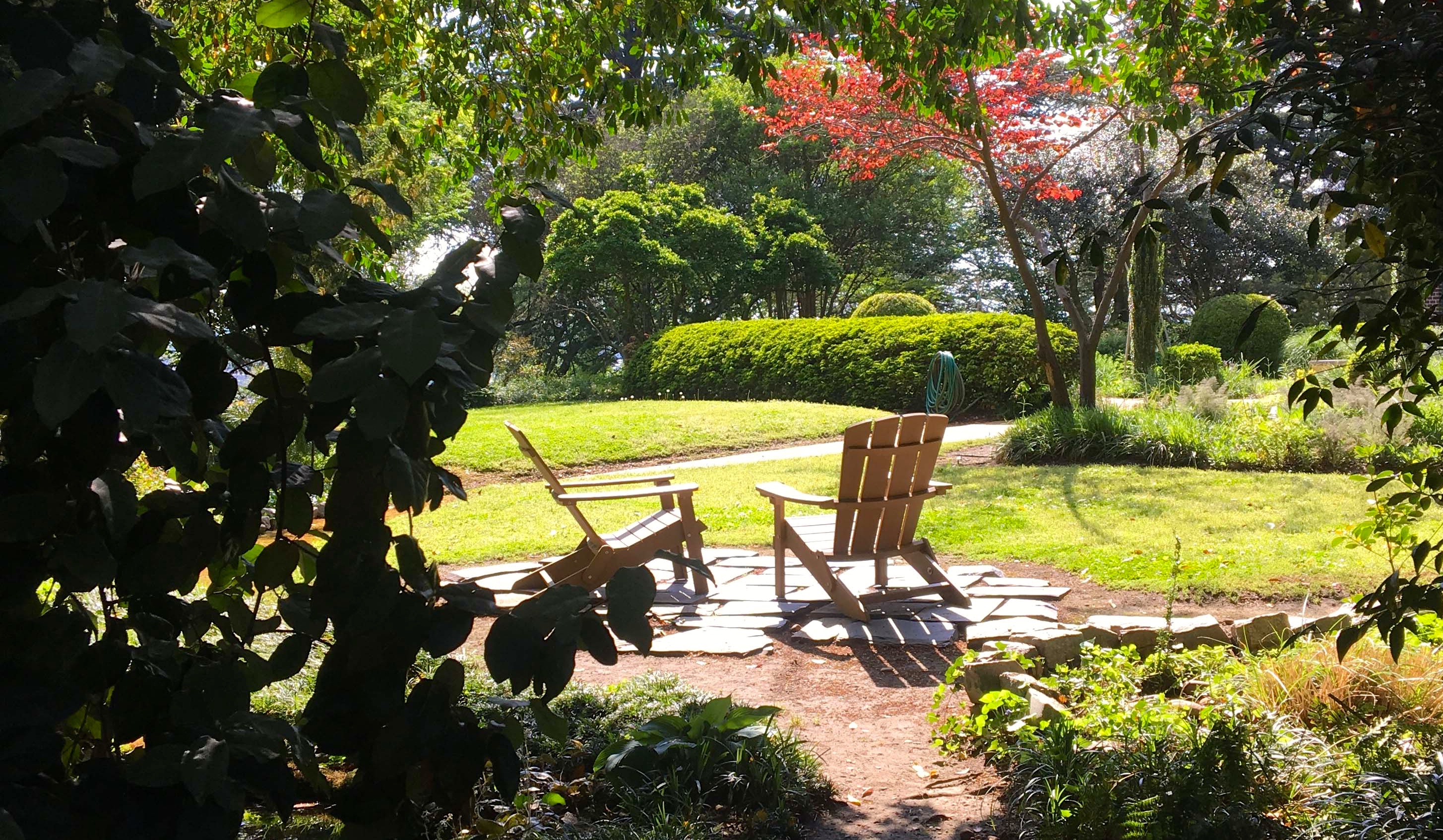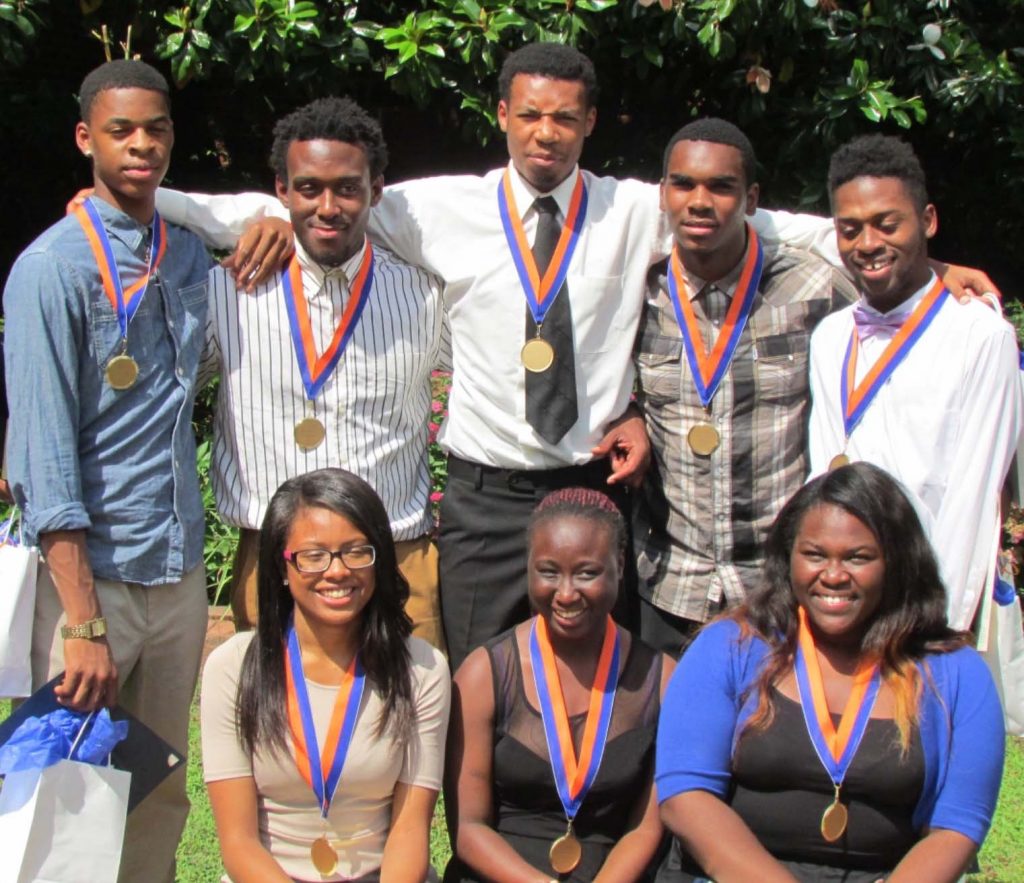By Kay Trulaske
“This is a very intentional, spiritual community,” Betty Jane Hagan said, looking out at the gardens of the Richmond Hill Retreat Center in Richmond, Virginia.
A retired grandmother of three, Betty Jane works and lives at the Retreat Center, set in the neighborhood of historic Church Hill. Formerly a convent and girl’s school, Richmond Hill today is a prayer community working for nothing less than the transformation of the city.
Prayers have been offered from this exact location, on Church Hill, three times a day, every day, for 150 years.
“We pray for the city, for racial healing and for well-being. We pray for all of our governmental officers, the president. We pray for school boards, the city council, and the fire and rescue workers,” she said.
To supplement their prayers, the Center also advances programs that aim to help the troubled inner-city neighborhoods that surround them.
One of these, the Armstrong Leadership Program, serves around 45 Armstrong High School students every year, chosen for their academic success and leadership potential. Armstrong High has a history of producing successful students, but today the school has its challenges.
Yvette Rajput, director of the program, talked with me over the phone after Betty Jane connected us. “Some of the biggest challenges the students face are trauma, poverty, homelessness and lack of motivation,” Rajput said. “We are present, we are here. We are with our students as they navigate through high school, and prepare for life after high school. We are very passionate about this work we’re doing.”
Armstrong Highschool was the first public school in Richmond for African America students, just celebrating their 150th anniversary last year. It is located in the center of five public housing projects, and given the unemployment in this part of the city, family hardship is a common reality.
Marvin Roane, the assistant director for ALP, chimed in every once and awhile to the conversation I had with Yvette. “Our community is struggling right now and we need young people to become leaders and examples as our next generation moves forward,” he said.
The other program the Center supports, the KOINONIA School of Race & Justice, is a nine-month program anyon interested in exploiting the role of history, diversity, shame, privilege, class, poverty, media and law in the modern world. The school’s mission is to “be a part of God’s ministry of racial reconciliation,” acting in the belief that “everyone can engage in reducing racism by being instruments of justice in their own sphere of influence.”
After our tea, Betty Jane and I strolled through the Retreat Center’s ornamental gardens, then stepped onto the streets of Church Hill. Starting in the historic district, beautiful old houses lined the streets, with perfectly paved sidewalks and manicured gardens in front of every house.
These houses sell for up to half a million dollars, Betty Jane said, and many homeowners have an unimpeded view of historic St. John’s Church. A woman called out to us from her porch, framed by the big white church on the hill. “This isn’t such a bad view I have, now is it?”
From there we walked down 25th Street toward North Churchill. Crossing Broad Street, the change was dramatic. Suddenly, the houses were run-down, the streets poorly paved with gravel, and grass sprouted from cracks in the sidewalk. You go from high-end to East End in just a couple of steps.
We passed small corner grocery stores, the police station and even some store fronts that had been converted into homes. There’s a lot of mixed-race housing in North Churchill, Betty Jane said. Before the area was “regentrified,” it was a historically black neighborhood.
Our next stop was the Sarah Garland Jones Center, a center for community health and wellness named for the first African-American woman to be certified to practice medicine by the Virginia State Board of Medicine. Betty Jane works as an intern there, to fulfill her duties as an Urban Service Corp resident. On our way out, we swung by the unfinished coffee shop being built by the Church Hill Activities & Tutoring (CHAT) organization, to expose young people in the community to leadership roles and job experience.

Many homes in historic Church Hill date to the early 20th century. The neighborhood itself is Richmond’s founding location. (Photo by Kay Truslaske)
Our final stop of the day was the Sub Rosa Bakery, a small but trendy coffee shop at the corner of 25th Street and Jefferson Avenue. Their pastries were delicious, but the menu was rather pricey.
“There’s nothing in there that anyone on the street can afford,” Betty Jane said after we left. “The problem is, that money [invested in economic development] should go to building the neighborhoods, not attracting richer people. “We want to change the lifestyle, but we don’t want to deport people in order to make this a nicer place.”


